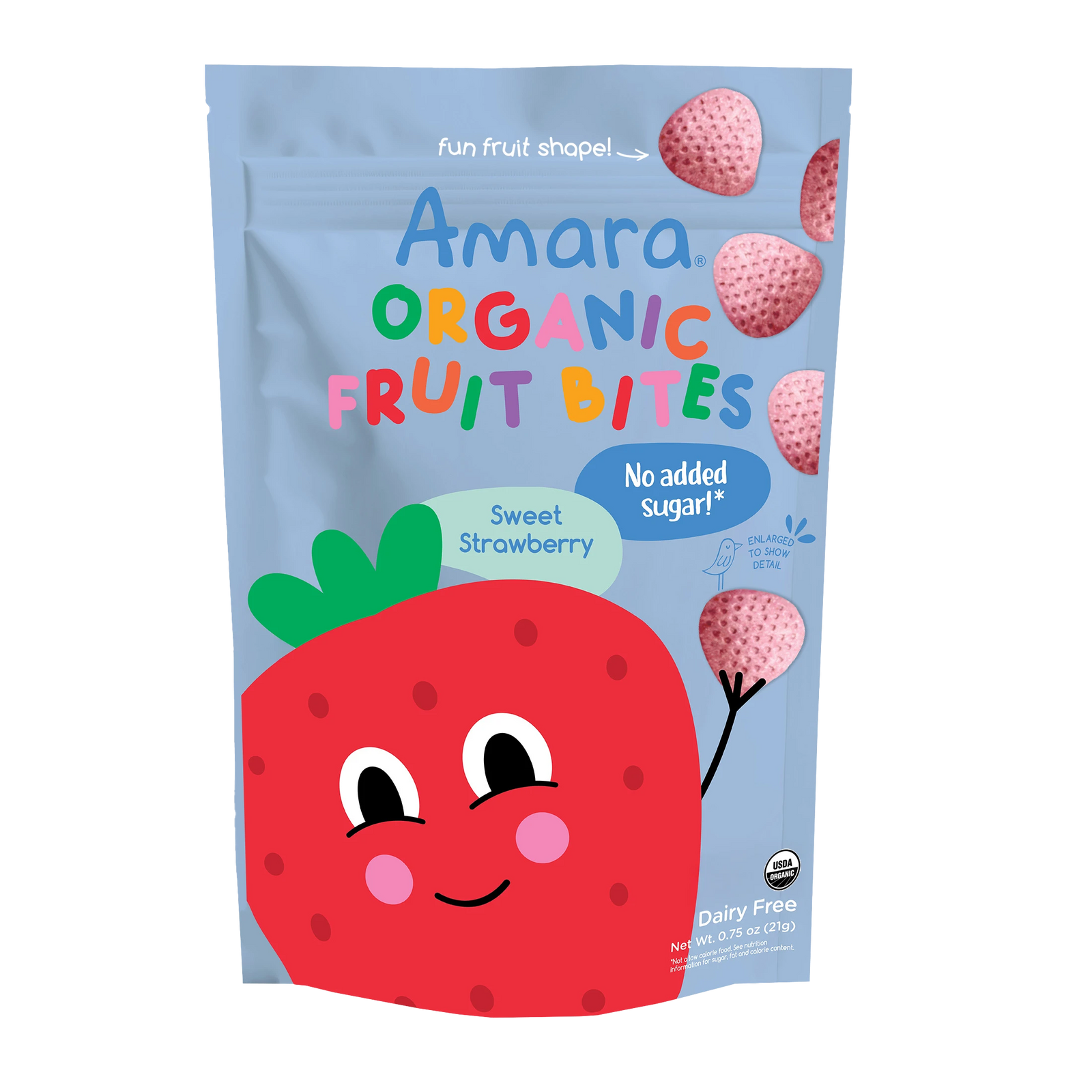
What is BPA and where did it come from?
In the twenty-first century, environmental health concerns seem very familiar and (for some, at least) very widespread – to the extent that it can be difficult to remember that environmental health awareness in general is relatively new in the scope of American history. Indeed, the field of environmental health emerged in the 1960s and 70s out of initial worries about how industrial chemicals might be affecting wildlife populations. In particular, scientists at the forefront noticed that animals who lived in places where pesticides were widely used (for farming) seemed to be decreasing in number, and they speculated that pesticides were causing reduced reproductive capacity.
Scientists labeled chemicals that exerted such effects^^ endocrine-disrupting chemicals (“endocrine” referring to the hormones), or EDCs, and while you may or may not have heard of EDCs, chances are you have heard of one of its kind: BPA.
BPA is short for bisphenol A, and it’s one type of EDC. BPA was first synthesized in the 1800s but was really put into widespread use in the 1950s, when manufacturers realized that it could be used to make polycarbonate plastic, a now-ubiquitous material that was, at the time, a revolutionary innovation. Here’s how one researcher described polycarbonate plastic: a “miraculous cheap product that is lightweight, transparent, colorable, resistant to impact, heat, and chemicals, inalterable with time, and easy to mold and thermoform.” In the context of a consumerist 1950s society, this development presented as *very exciting. It did not take long before BPA was one of the most widely produced and used chemicals worldwide.
Let us note here: all this transpired^ even though BPA was a known synthetic estrogen.
These days, BPA is everywhere. Every year, some 3.4 million tons of BPA are used to produce plastics, and it’s not just Tupperware – the polycarbonate plastic manufactured from BPA comes across a wide range of product categories, including glasses, media, automotive equipment, electronics, flame retardants, adhesives, building materials, construction materials, medical supplies, packing equipment, and yes, housewares and appliances. BPA is also used to line the inside surface of aluminum cans, contained in thermal receipts, and is even in some dental sealants.
After 70 years of widespread production and use, BPA is virtually ubiquitous in our environment.
As a result of this widespread and mass production, numerous BPA derivatives are released into the environment, and the effects are uniformly deleterious, contributing to environmental pollution as well as soil and groundwater contamination.
So… what does this mean for you and your family? Keep reading for more on sources of BPA exposure, the science of BPA’s effects on human development, and ways to limit your family’s exposure.

How (much) are we exposed to BPA?
While it’s possible to be exposed to BPA through the air, dust, and water (seriously, this was crazy to learn – BPA really is everywhere), more people are more likely exposed daily to BPA through food and beverages. Indeed, for most people, the main source of BPA exposure is diet.
Here’s how this^ works: BPA can seep from its “place” in plastics and can linings into food and drinks. There is no one set rate or amount of this leaching; instead, the extent to which BPA leaches into food or drink depends on the temperature of the food/drink and the container’s age.
This news can be a little overwhelming to confront, especially when we think about how many of these exposures we – and our children – may be encountering every day. And the unfortunate truth is, exposure is widespread. According to one study conducted by the Centers for Disease Control and Prevention (CDC), 93% of people 6 and older had detectable levels of BPA in their urine. Researchers estimate that around the world, virtually all pregnant women, babies, and children are exposed to BPA.
Because exposure varies so greatly from person to person, so too do BPA levels – concentrations may differ from one individual to the next. In the United States, the Environmental Protection Agency (EPA) set the maximum safe reference level for BPA at 50 μg/kg/day (for reference, the European Union recently lowered their safe exposure level from 50 to 4 μg/kg/day); and the Food and Drug Administration (FDA) asserts that BPA is safe at the low levels in which it occurs in some foods.
Yet, it’s clear there’s some uncertainty, because the FDA also banned the use of BPA in baby bottles, infant formula packaging, and sippy cups.
What are the concerns about BPA? How might it impact the body?
Despite the FDA’s assertions, the question of BPA’s safety remains very much unsettled. While BPA doesn’t “survive” in the body indefinitely – it has a relatively short half-life of six hours and is excreted in urine, which is how scientists measure exposure levels – that doesn’t mean that it can’t exert effects.
Scientists’ main concerns stem from the observation that BPA may affect the body’s hormonal systems, which in turn may impact growth, metabolism, the immune system, reproductive development, and brain development. Hundreds of animal studies have documented these adverse effects^, even at very low levels of exposure.
Scientists also harbor concerns that BPA may impact children’s behavior, exert effects on the brain, and potentially play a role in numerous other diseases, ranging from reproductive abnormalities to cancers, metabolic diseases, developmental disorders and behavioral disorders.

It’s not entirely clear, then, why federal regulatory agencies like the FDA continue to maintain that BPA exposure is safe. Indeed, members of the Endocrine Society have actually criticized the FDA’s statements on BPA for relying on assumptions that fly in the face of basic endocrinology principles (including the presumptions that there is any safe threshold at all and that BPA affects both sexes equally). As one researcher put it, there is an apparent divide between the regulatory outlook and the actual science of endocrinology.
Scientists at the helm of one project (the CLARITY-BPA study, which concluded that low doses of BPA can and do alter hormone-sensitive organs and contribute to a wide variety of human diseases) called for the CDC to lower the existing upper reference level for BPA exposure twentyfold, from the current upper limit of 50 µg/kg/day to just 2.5 µg/kg/day. This kind of reduction would call for drastic changes in food production and manufacturing, and while such actions have occurred elsewhere around the world (such as in France, which required that BPA be removed from all items that come in contact with food), it sadly seems unlikely in the U.S., where the FDA has instead relinquished its own ability to even regulate BPA.
There is currently no alternative to BPA, though scientists are working to develop one. So far, the analogues in development (and already in wide use) have been the topic of controversy, with growing concerns about whether these compounds play any role in miscarriage – in one study conducted in China, for example, showed that women who suffered unexplained recurrent miscarriage measured significantly higher levels of BPA analogues compared to controls (even after comparing for confounding factors).
What can we do to limit exposure?
As parents, many of us are concerned not just about our own exposure to BPA but also that of our children and families, especially given that babies are more vulnerable to BPA exposure than older children and adults. Besides the fact that infants consume proportionally more food than adults (given their small size), there is also evidence that they may not be able to eliminate BPA as effectively, since their organ functionality is still developing.
It's important to know, too, that even exclusively breastfed babies may be exposed to BPA, as numerous studies have documented BPA levels in breast milk. (Note that although the FDA banned BPA from infant formula packaging, there is still BPA in infant formula itself.) As with individual BPA levels, there are wide variations in BPA levels in breast milk depending on numerous independent variables, including physical exposures and diet.
Recommendations to Reduce BPA Exposure for Your Family:
- Minimize consumption of canned or packaged foods, which contain BPA in the packaging/cans that can leach into the foods within. Wherever you are able, opt for fresh or frozen foods instead.

At Amara, we use convenient, BPA-free packaging for all of our organic baby foods and toddler snacks, and NONE of our products contain ANY additives. We believe in giving every baby a healthy start, right from the first bite. Everything we make is produced using the freshest whole-foods ingredients and… nothing else. Amara’s unique nutrient protection technology also ensures that every product features the same nutrients, flavors, and textures as real food. It’s as easy, delicious, and nutritious as homemade, without any of the hassle. We promise you and your family will love it. 🙂

- If you are using plastic food containers, utensils, or cups, wash them by hand rather than the dishwasher, as heat can cause BPA to leak into foods.
- For the same reason^ (the heat factor), don’t microwave food or drinks in plastic containers.
- As much as you can, choose glass or stainless-steel containers over plastic, especially for storing hot foods.
- Check the label: look for products clearly labeled BPA-free. Another trick here is to check the recycling code on plastic packaging – avoid anything labeled as #3, 6, or 7, which contain phthalates, styrene, and bisphenols, respectively.
- Avoid processed meats as much as possible.
- If you work with thermal receipts, consider wearing gloves, as thermal receipts contain BPA and can be a notable source of exposure.
- Wash your hands before cooking, eating, and/or feeding your baby. We are touching various items that contain BPA all day long, so if germs aren’t enough of a reason, here’s another one!
I have to say that I was totally taken aback by the incongruity between scientific research into BPA’s effects and the (lack of) federal regulation on bisphenols in general. Unfortunately, this really is a widespread problem – and it’s not just BPA. According to the American Academy of Pediatrics, a recent review of almost 4,000 food additives revealed that 65% of them have not been researched for safety. We need more scientific study, more oversight, and more regulation on food additives broadly… and companies need to be accountable for this information.
https://www.niehs.nih.gov/health/topics/agents/sya-bpa/index.cfm
Ao J et al., Environmental exposure to bisphenol analogues and unexplained recurrent miscarriage: A case-control study. Environmental Research 2022
Braun JM, Early Life Exposure to Endocrine Disrupting Chemicals and Childhood Obesity and Neurodevelopment. Nat Rev Endocrinol, 2017
Cunha SC et al.,Drivers of owning more BPA. Journal of Hazardous Materials, 2021
Eladak Set al., A new chapter in the bisphenol A story: bisphenol S and bisphenol F are not safe alternatives to this compound. Fertility and Sterility, 2015
Koniezca A et al., Health risk of exposure to BPA. Rocz Panstw Zakl Hig, 2015
Vom Saal FS et al., Update on the Health Effects of Bisphenol A: Overwhelming Evidence of Harm, Endocrinology, 2020
Yesildemir O et al., Estimated exposure to bisphenol A in breastfed and breastfed plus formula-fed infants in Turkey: a comparison study. Drug and Chemical Toxicology, 2022







Leave A Comment